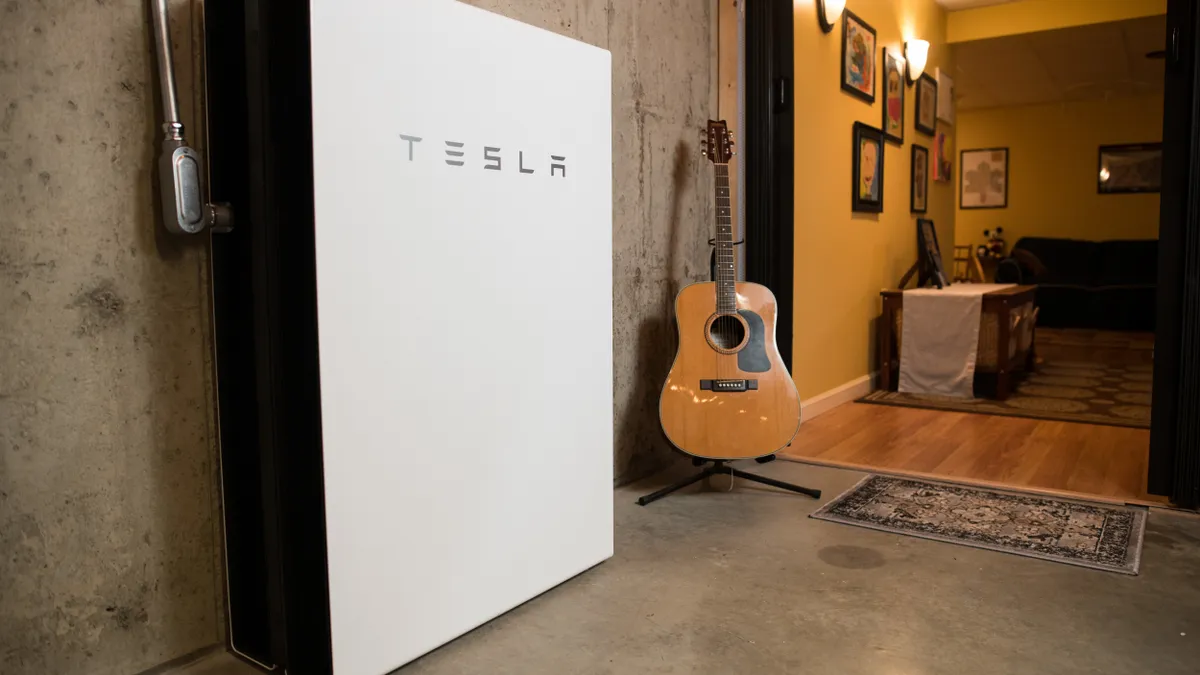Dive Brief:
- Analysis by IHS Markit predicts that 4.3 GW of grid-connected energy storage will be deployed globally in 2019 due to increasing demand for solar co-location, growth in the Chinese market and incentives for residential installations.
- The report also forecasts that worldwide grid-connected energy storage deployment could reach 10.6 GW annually by 2025.
- The United States will become the largest storage market in 2019, with solar-plus-storage installations and peaking capacity requirements expected to drive procurement.
Dive Insight:
The global-grid connected energy storage market is coming off a record year in 2018, and has shown now signs of slowing. This year has seen a "significant acceleration" in market activity driven by regulatory and policy developments, along with a further diversification in applications and geography, analysis firm IHS Markit said in its latest report.
The U.S. market has played a prominent role in the strong start to 2019. It has been the world's leading market so far, overtaking South Korea which saw huge growth during 2018, according to IHS. The report attributed the U.S. market's strong performance to the need to replace peaking capacity on the gird and continued investment in solar-plus-storage projects.
Earlier this year, a report by Wood Mackenzie indicated that China and the U.S. are the world's fastest-growing storage markets. Both are expected to account for over half of all global installations by 2024. In 2018, the four largest markets — South Korea, the United Kingdom, China and the United States — accounted for more than 60% of total installations.
Behind-the-meter (BTM) and front-of-the-meter (FTM) deployments of energy storage systems will begin to take an even split in the global market, IHS found. But today, each of these segments is developing at different rates across geographical regions. While FTM deployment dominated the U.S. market in 2018, BTM installations lead the way in Germany and Japan, respectively.
Despite the multitude of battery chemistries and storage technologies available in the marketplace, IHS predicts that lithium ion (li-ion) will remain dominant for the foreseeable future.
"Pressure on Li-ion battery prices has softened at the start of 2019 as cobalt prices have decreased, new production capacity has come online and a continued shift towards lithium iron phosphate has influenced global average pricing," Julian Jansen, research and analysis manager at IHS' Energy Storage Intelligence division, said.
"Supply, especially in Europe, remains constrained, as total demand for Li-ion batteries continues to accelerate in the stationary and electric vehicle (EV) markets," Jansen said. "Li-ion is the most cost-effective technology, but as long-duration applications are becoming more valuable, alternative technologies will become more competitive."
Jansen identified fire safety and the development of international standards as key challenges for the industry. He also said that using synergies with EV industry will be "crucial" to the future growth of the storage market.












